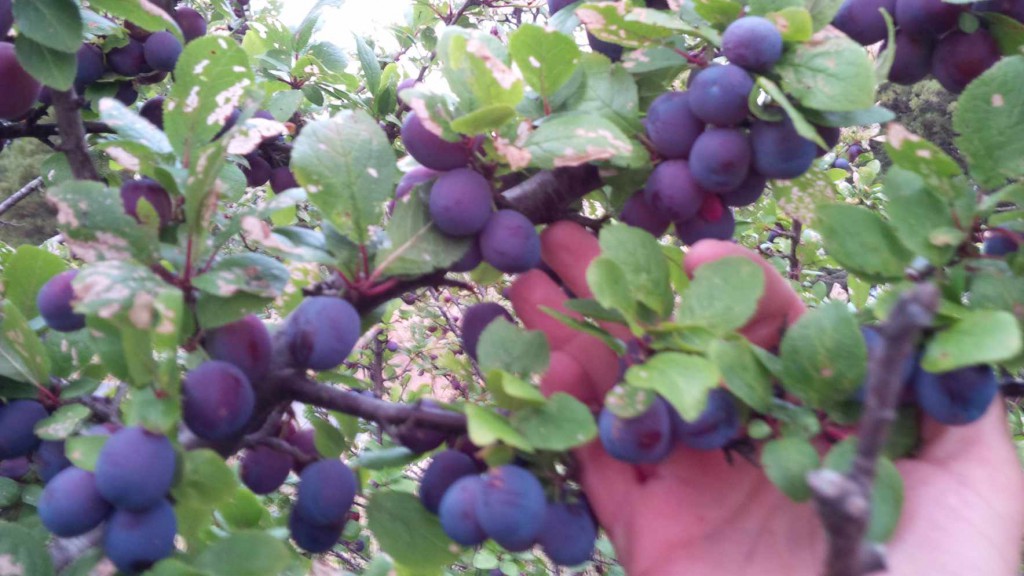Australia’s Treasure Trove
The rural, roadside fruit trees of southern Australia are an enormously under-valued cultural, horticultural, ecological and aesthetic resource.
Tasmania, Victoria, South Australia and southern New South Wales in particular are the guardians of a valuable national gene pool, of which all Australian residents should be proud.
The south is the pome and stone fruit basket of Australia for good reason – because it is one of the few regions in this vast, arid continent where the climate is favourable.
A Bounty of Fruits
Right across our temperate south, from the east to the west, our country roads are lined with apples, prunus – especially dessert plum, cherry-plum and peach – figs, pears, loquats, chestnuts and more.
For example in the state of Victoria, the regions of Gippsland, the Alps and the Macedon Ranges, with their wild roadside trees, are treasure troves of diverse fruit DNA. They may grow by roadsides, or around abandoned homesteads and farms, or in back alleys and behind shops.
Low Weed Potential
Compared with noxious weeds such as gorse and blackberry, these fruit tree species present a very low risk. Stock will readily consume any chance seedlings.
The trees are found on roadsides largely because they prefer the rainwater run-off provided by sealed road surfaces.
They are unlikely to survive in the climatic conditions that prevail throughout most of this hot, dry continent. Large areas of the southern states are completely devoid of wild fruit trees.
Summary
Some of the benefits of roadside fruit trees to the rural landscapes of southern Australia include:
* A culturally significant landscape element
* An important factor in local community tradition
* A bushfire retardant barrier instead of a fire bridge
* Low weed potential
* Food for native wildlife
* An aesthetically pleasing landscape enhancement
* A precious national gene pool
* A potential buffer against future loss of food crops
* A source of new, naturally disease-resistant Australian cultivars adapted to local conditions (eg. drought)
* A source of virus-free rootstock.
Valuable New Australian Fruit Cultivars
Gippsland resident L. Ralph Barraclough writes:
For over a quarter of a century I have been propagating trees from seedlings growing along the roads and just inside the farmers fence.
As well as these seedlings I have an extensive collection of named varieties, the Northern Spy apple amongst these dates back to arriving on the first fleet.
I have over 200 varieties of apples, about 100 varieties of plums along with apricots, nectarines and peaches.
Some of my most treasured trees have come from the side of the road.
It should never be forgotten that most of our fruit trees originally started from a seedling that grew somewhere from a cast off seed. The Granny Smith is the most famous of our Australian apples, it was a seedling from an apple core thrown out in the back yard of Granny Smith’s house.
Apples are micro climate sensitive. Cox’s Orange Pippin rated as the best apple in the UK has been hardly worth growing at my place. The Quarrenden apple which was bought to Glencairn in 1906 from Goodmans Nursery in Bairnsdale is an exceptional apple at Glencairn. Only 20 kilometres down the road at my place it is just an average apple. The Quarrenden was a seedling beside a road in France in the 1700’s.
I have at least 16 plums amongst my collection that have been propagated from roadside seedlings.
It must never be forgotten that years ago I picked up some potatoes growing wild way up in the mountains, miles anywhere. These are now a crop grown commercially.

